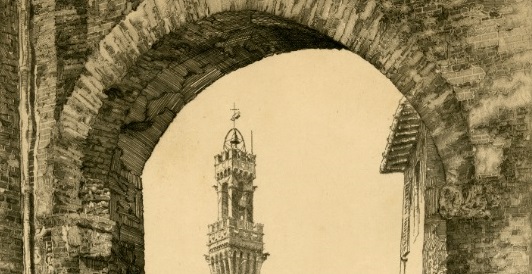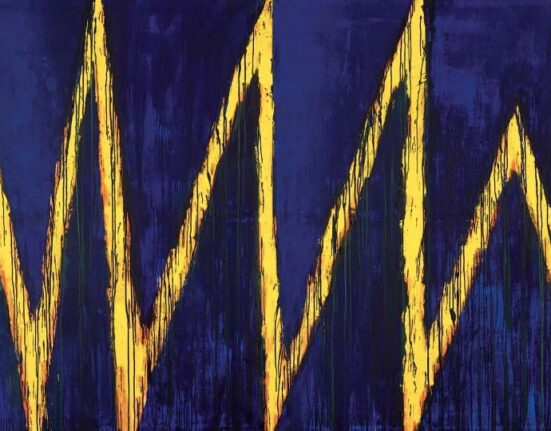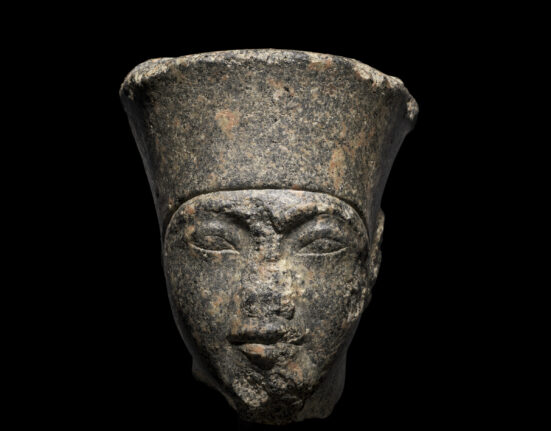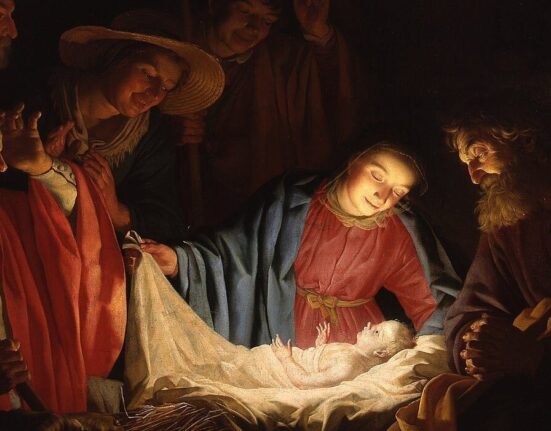This summer the Vanderbilt University Fine Arts Gallery exhibit American Artists and the Legacy of the Grand Tour, 1880–1960, explores work created and brought home by American artists, and the continuing allure of Europe as a destination for leisure, study and cultural refinement during these years. The exhibition opens June 15 and remains on view through Aug. 26.
In a historical sense, the Grand Tour was a 17th- to 18th-century phenomenon in which young—usually male and aristocratic—members of English and Northern European families visited great cities and societies of the European continent. It was an educational trip, meant largely for cultural exposure and refinement. Art was central to this travel in a number of ways, from visiting masterpieces of painting and architecture to commissioning portraits, buying art to bring home, and engaging an artist for the journey who would paint the sublime beauty of each destination.
This exhibition explores a time from approximately 1880 to 1960 when American artists endeavored to follow in the footsteps of this tradition and trek to Europe for a variety of reasons: study and opportunities to exhibit, illustration on commission, war and leisure. At the center of their journeys was also the goal of education—for themselves, through the process of travel and study, and for others through the skills, cultural enlightenment and artwork they would bring home.
Many of the artists included in this exhibition, such as John Taylor Arms, Otto Henry Bacher and Alonzo C. Webb, spent extended sojourns abroad and produced large bodies of work to send back to the United States. Some, like famed illustrator Joseph Pennell and the lesser-known painter Willie Betty Newman, visited Europe to establish a reputation for refinement that would carry their careers back home. While the U.S. was increasingly becoming more diverse toward the end of the years featured in this exhibit, a majority of Americans traced their roots to European countries. It follows that studying there was often still viewed as an important part of an artist’s education and a means to develop cosmopolitan tastes, looking to the precedent of many artists in generations past.
The exhibition includes etchings, engravings, lithographs and paintings by John Taylor Arms, Otto Henry Bacher, Lionel Barrymore, George Inness, Joseph Pennell, Abbott Thayer and others as well as paintings by Alonzo C. Webb and Willie Betty Newman loaned by the Tennessee State Museum. Their work documents the architecture, scenery and people of Italy, the Netherlands, Spain, Greece, England and France as the artists saw them.
American Artists and the Legacy of the Grand Tour, 1880–1960 is organized by the Vanderbilt University Fine Arts Gallery and curated by Margaret F.M. Walker, assistant curator, with support provided by the Fine Arts Gallery Gift Fund and the Sullivan Art Collection Fund.
Summer gallery hours are Tuesday through Friday from noon to 4 p.m., Saturday 1–5 p.m., closed Sunday and Monday. Please note that the gallery will be closed July 4 in observance of Independence Day. Admission to the gallery is free.
The gallery is located on the second floor of Cohen Memorial Hall, Peabody Campus, 1220 21st Ave. S. For more information, please visit the gallery’s website at www.vanderbilt.edu/gallery or call 615-322-0605.







